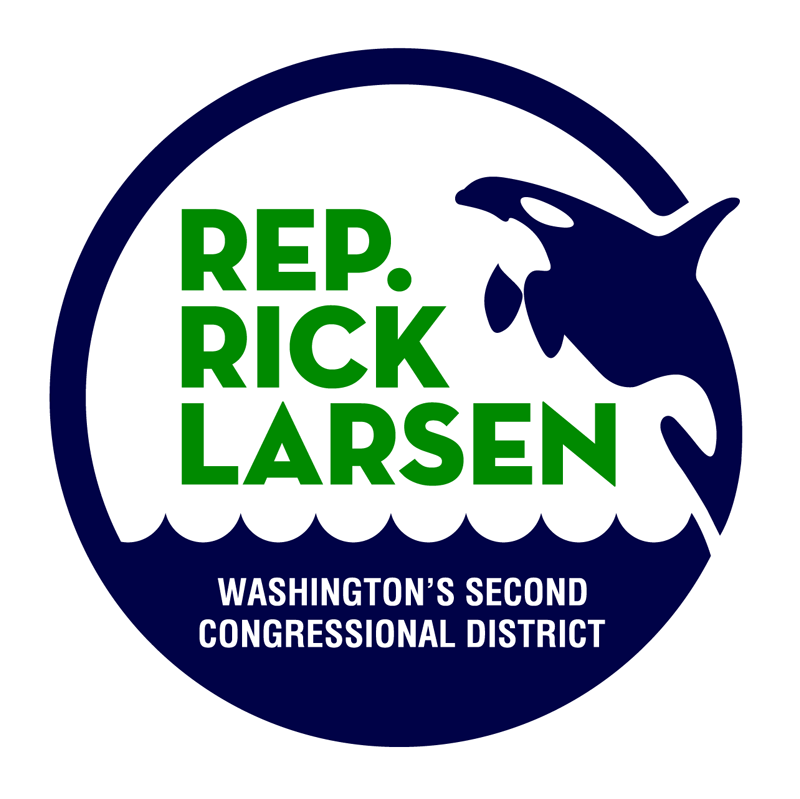Story
Editorial: Everett beach an example of what could be lost
Washington, DC,
April 20, 2017
Editorial: Everett beach an example of what could be lost
Two days this week — Tuesday’s due date for federal tax returns and Saturday’s recognition of Earth Day — offer an opportunity to consider how a small fraction of our tax dollars are used to protect and restore the environment and our enjoyment of it.
Case in point: The beach at Everett’s Howarth Park, one of only three public access points to the city’s miles of shoreline.
Last year, two projects returned public access to the beach off Possession Sound and restored the beach itself. The city of Everett rebuilt an overpass and stairs that cross the Burlington Northern Santa Fe railroad tracks, access that had been closed for more than a year following concerns about corrosion on the bridge. During that closure, Snohomish County and its Marine Resource Committee — with representatives from local and tribal governments, the Puget Sound Partnership and environmental, recreational and economic groups, undertook a $1.5 million project to restore the beach to a more natural condition.
To recreate a more natural beach environment, concrete and rock riprap were removed and tons of sand, recycled from dredging of the nearby Snohomish River by the U.S. Army Corps of Engineers, were distributed along Howarth beach and four other nearshore locations between downtown Everett and Mukilteo. Some of the sand was graded along the beach, but piles of sand are intended to “nourish” the beaches naturally as tidal currents carry the material along the shore and replenish beaches and fish habitat.
Since the 19th-century arrival of the railroads, some 23 miles of Everett’s shoreline have been cut off from the bluffs that would ordinarily supply the beach with sand and woody debris. That’s the material that creates the habitat for forage fish, such as surf smelt and Pacific sand lance, on which young chinook salmon feed, supporting a vital part of the food web of Possession Sound, Puget Sound and the rest of the Salish Sea.
We can’t and won’t remove the railroad tracks, but neither can we now neglect the impacts of development on the sea.
The restoration work was possible because of the partnerships that the Marine Resources Committee represents, said Kathleen Pozarycki, who is a senior planner for surface water management with the county and is its lead staff for the MRC. Government agencies, nonprofits and volunteers all had a hand in the restoration, including 18 students from Mukilteo’s Olympic View Middle School, who planted beach grass at Howarth last November to stabilize the beach and prevent erosion.
Pozarycki, gathering with others from the MRC on Tuesday afternoon at Howarth beach, detailed the work and its importance for U.S. Rep. Rick Larsen, D-Washington. She and others stressed that federal funding from the Environmental Protection Agency was key to the project and others like it.
Of the $1.5 million project, about $592,000 was secured through a grant from the EPA. More than providing a major source of funding, the EPA grant leveraged the support and contributions of other agencies and groups, Pozarycki and others told Larsen.
Now that federal funding and the partnerships it fosters are threatened. President Trump’s proposed budget seeks significant cuts to the EPA as a whole and would eliminate all funding for grants for Puget Sound restoration projects, grants that totaled $28 million last year.
Asked how they should respond to that threat, Larsen told the group that they and others have to make their case to their members of Congress as work on the next budget moves forward. The importance of such projects to all communities has to be made clear.
On the next nice afternoon, or even a rainy one, visit Howarth Park’s beach; go see your tax dollars at work. And let your members of Congress know how you want your money spent.
|
